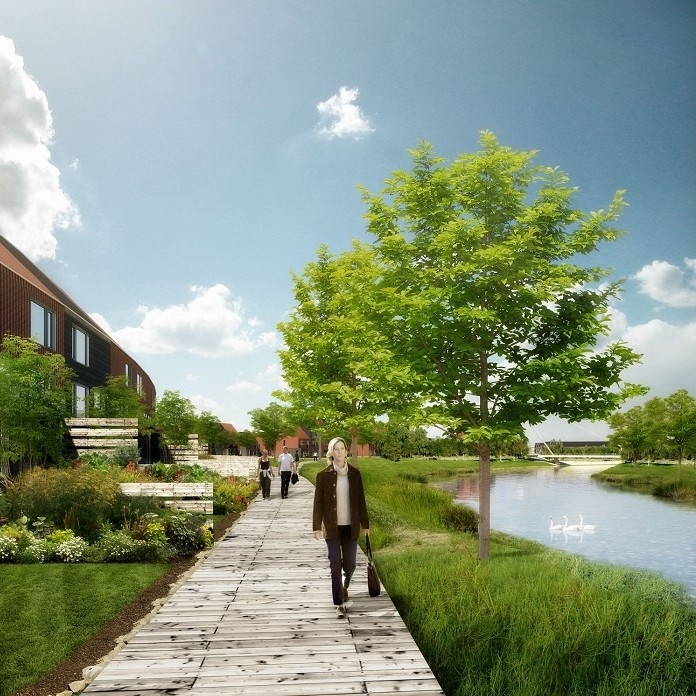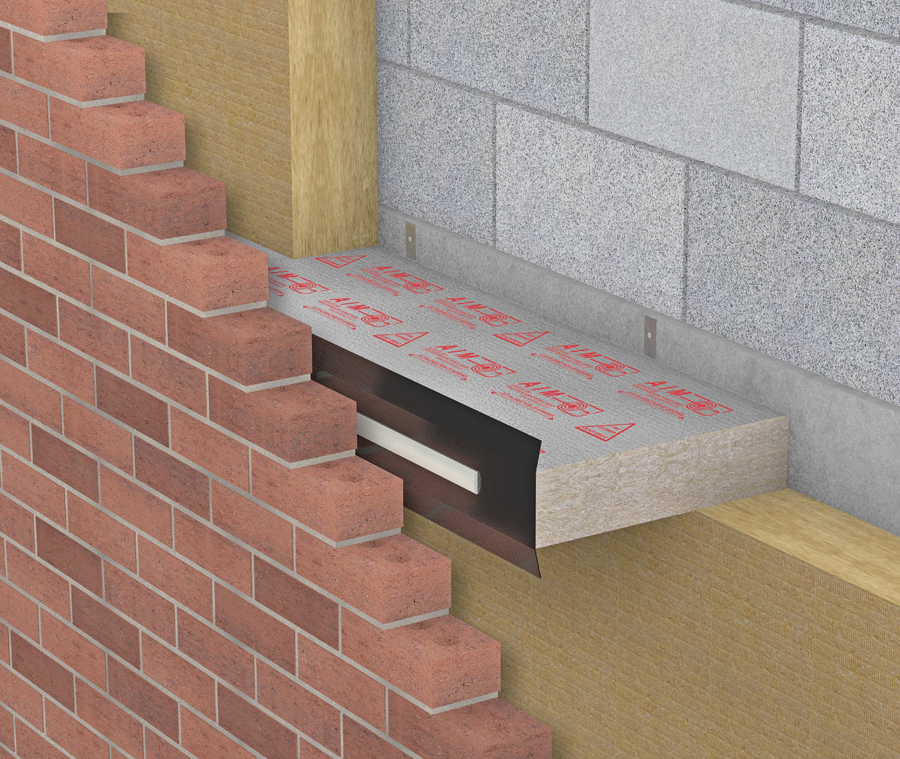
Although housing has climbed the policy agenda, with supply issues dominating the private housing market, the RICS forecast suggests that the likely increase in prices in 2016 will outstrip any rise in household income.
Housing has clearly leapt up the Government’s agenda, but despite the raft of initiatives announced over the past year, the lags involved in development mean that prices, and for that matter rents, are likely to rise further over the next twelve months. Lack of stock will continue to be the principal driver of this trend, but the likely persistence of cheap money will compound it for the time being.
Looking further out, there is some justification for taking a more optimistic view of new build with significant incentives being put in place to deliver starter homes. While this may not on its own stem the upward trend in house prices, it could help to slow the rate of growth to something closer to the probable rise in household incomes.
Critically our principal concern with the measures announced by the government is that they are overly focused on promoting home ownership at the expense of other tenures. Discouraging buy-to-let could see private rents take even more of the strain if institutional investment doesn’t increase significantly, particularly given the likely reduced flows of social rent property going forward.
With house prices predicted to rise across the whole of the UK in 2016, East Anglia is continuing the trend seen in that region during 2015 with the highest predicted rise at 8%. Meanwhile, the North East is likely to see more modest price rises with our predicted increase for 2016 at 3%.
The strongest areas of the UK for transaction levels are likely to continue trends seen in 2015, with the North East, Wales, Scotland and Northern Ireland outpacing the rest of the UK.
"There have been many welcome supply side measures in the Productivity Plan to balance the likes of Help to Buy," said Jeremy Blackburn, RICS Head of UK Policy.
"The brownfield fund, local plan enforcement and new development corporations should help get more homes built, and the passage of the Housing & Planning Bill is key. We still, however, need to help councils, housing associations and community land trusts get building in order to get anywhere close to a co-ordinated and coherent strategy across all tenures.
"Ramping up housing supply is positive, but homeownership should not be the only game in town given the amount of private rented accommodation we need. A mix of market and rented housing is required and Starter Homes should not be seen as the panacea to solving the housing crisis, but as forming part of a larger mix to meet the wide range of housing need the country is crying out for."




















